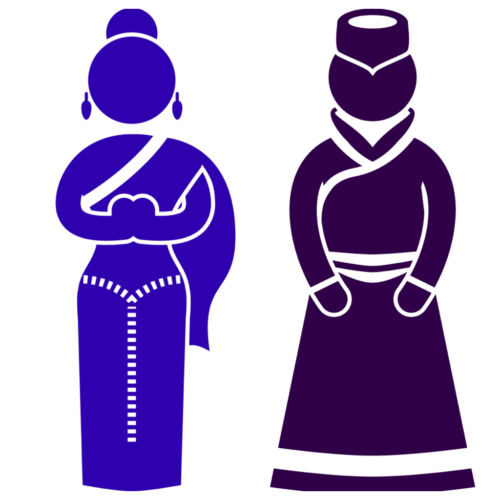
Reposting this here from Panoply Digital.
In this post, I wanted to highlight a few projects in development, some foregrounding and some backgrounding technology, in the Asia Pacific region and discuss some takeaways from these projects that are applicable to almost all development projects. If you are looking for projects in the Asia Pacific region, I generally recommend some of the content being generated by the UNESCO Asia and Pacific Regional Bureau for Education office out of Bangkok, particularly the ICT in Education group, as they give a good snapshot of activity in the region. So much so that the projects I am discussing here are taken directly from their newsletter.
The first, Mobile Ger Kindergartens, is my favorite and that is only partly due to my fascination with Mongolia. I have written before about how I think Mongolia is one of the best locations for mobile learning as it combines nomadism (a significant portion of the population are still nomadic), literacy (97.71% in 2000, 98.46 in 2010, and 98.51% in 2015, according to UIS), and good mobile penetration (140% subscription rate with 78% accessing the internet through mobile devices, according to Oxford Business Group). But that isn’t the takeaway here with this project. Quite the opposite, actually.
Mobile Ger Kindergartens are portable kindergartens, traveling each summer to serve hard-to-reach children of nomadic herder families and come equipped with furniture, teaching materials, toys, and meals for students. Portable schools are not a new idea, having been run with some success with in India, Kyrgyzstan (Jailoo Kindergartens), Egypt, and beyond, but in the Mongolian context the ger (yurt) is a nice touch. It provides an entry point to education that is familiar, pays some homage to cultural fidelity, acknowledges the mobility that is inevitably a part of these students’ lives, and can be seen as community extension to populations that would have little opportunity to access more brick and mortar schools (ie, stable). Imagine a mobile (technology) development project that did much the same. Establish a mobile learning initiative, perhaps teacher training or mobile health for nomadic populations, establish a material node in that initiative (a learning centre or community centre modeled on the ger) to be used as a waystation, checkpoint, or hybrid learning center, and scale from there. A good reminder that cultural fidelity is critical to development success.
Another one that takes a similar tack is the Burmese Migrant Workers’ Education Committee (BMWEC), an organization dedicated to educating Burmese migrants or refugees in Thailand. Thailand shares a large border with Burma and has been host to migrants and refugees for many years fleeing the military dictatorship in Burma. According to the site, “an estimated 160,000 people have been granted temporary asylum and live in refugee camps along the border. However, for the vast majority of those wanting to escape extreme poverty and repression, their only option has been to join the ranks of the estimated 1.8 to 2 million migrant workers in Thailand. Many of these migrant workers come specifically to try and find a safer life and educational opportunities for their children.” That is where the Committee steps in, all based on the idea that there was (and still is) a need for a separate migrant school system, not one merely transplanted from more traditional formal education.
So they set up schools, centres, and boarding houses throughout the border regions, train teachers to ensure quality and consistency, and use the schools and centres not just for formal education, but also for child health and learning centre sanitation. So the schools become more than just schools, but rather community centres in their own right.
The takeaway for ICT4D projects, beyond this community centre approach (again the advantages of a material node in an increasingly technological network) are the public private partnerships at work in this project. It is decidedly a multi-stakeholder effort: World Education (WE), Taipei Overseas Peace Service (TOPS), International Rescue Committee (IRC), the Shoklo Malaria Research Unit (SMRU), the Thai Ministry of Education (MOE), and more. It is a concerted effort, as it needs to be, spanning so many different fields, sets of needs, and stakeholders. Don’t neglect the stakeholders even if the technology alone seems to do the trick; this is a human enterprise and people generally prefer projects done with them rather than to them.
So again, neither of these projects explicitly foreground technology. They don’t need to include technology to be instructive for ICT4D. Their takeaways are in their approaches: maintaining cultural fidelity to the lived experience of those benefitting and getting the right stakeholders involved.

tkeaways from non-tech prjts: From gers in Mongolia 2migrant schools -Thai https://t.co/V2OCVmPfr3 you’re my hero+insp @mseangallagher #PhD
Takeaways from non-tech prjts: From gers in Mongolia 2migrant schools -Thai https://t.co/V2OCVmPfr3 you’re my hero+insp @mseangallagher #PhD